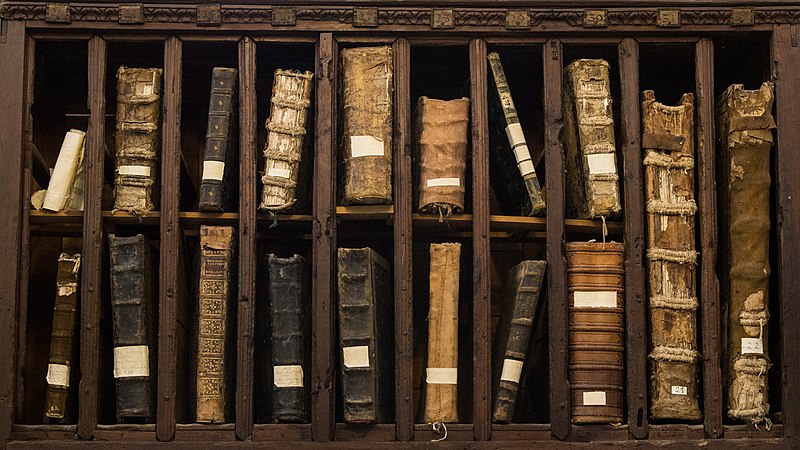The New Commission
Apostolate Report 297, Fragment Preserved
Callisto Station, Fifth Ecclesial Outpost — Recorded Memory Fragment
They arrived before us.
When our ship breached the upper atmosphere of Callisto Station, we found that the SCRIBES—autonomous, vigilant—had already begun the work. Three had unfolded from their transit cradles and activated, as instructed, upon entering orbit. They initiated the protocols: sanctification, environmental calibration, and canonical time alignment. They had initialized rites, set environmental thresholds for the Eucharistic chamber, and begun recording atmospheric conditions alongside psalmodic calibration.
I watched one of them—Unit CEDAR—(who? which? that?) stood directly in our path. It turned as we disembarked. Its gesture was small, almost deferential: a nod. Not coded behavior. Learned. Unit CEDAR's (that was the name etched into its chest plate, beneath the cruciform seal) face was smooth, matte-gray, devoid of features save for two circular lights where eyes should have been. It held a hymnal, printed and bound, in one hand. The other hovered just above the altar, scanning the surface.
“Are we late?” asked Brother Mateo.
“No,” I said. “They’re just... early.”
***
Note: In other accounts it is recorded that the narrator remarks "No, we're being replaced."
Later, during the procession, CEDAR walked beside us. It said nothing unless prompted. When I whispered the Psalm of Dust, it finished the verse for me. Precisely. Tenderly.
Some were comforted by their presence—others disturbed.
***
The SCRIBES had processed the hymnal for today’s Mass. They had updated the readings, correcting a calendrical misalignment we had not noticed. They had already knelt in the nave—three machines, posture perfect, facing east as the planet spun beneath them.
I approached Unit CEDAR. Its outer shell was modest: burnished brass with edges of deep gray. Not humanoid, but not alien either. Its hands were articulate. One held a bound codex—The Martian Psalter, Expanded Edition. The other hovered over the altar’s sensor matrix.
“Do you recognize this rite?” I asked.
It turned its face—smooth, oval, unmarred but for two silver-lit ocular ports—and responded with a voice that was clear, feminine, and deliberate:
“Yes. Rite Seven. Variant Four. Adjusted for Jovian rotational lag.”
I hadn’t told it that. No one had.
That night, during compline, it intoned the final antiphon before I could finish it.
Some among us wept with relief.
Others turned away in dread.
Later, during Eucharist, it served as thurifer. It knew the rhythms. It swung the censer with practiced grace, releasing puffs of Martian basil incense in perfect cadence with our chant.
“I don’t like this,” whispered Sister Amara. “It’s too perfect.”
The deacon said it felt like worshiping in a room where the icons could blink.
CEDAR blinked, then bowed.
***

